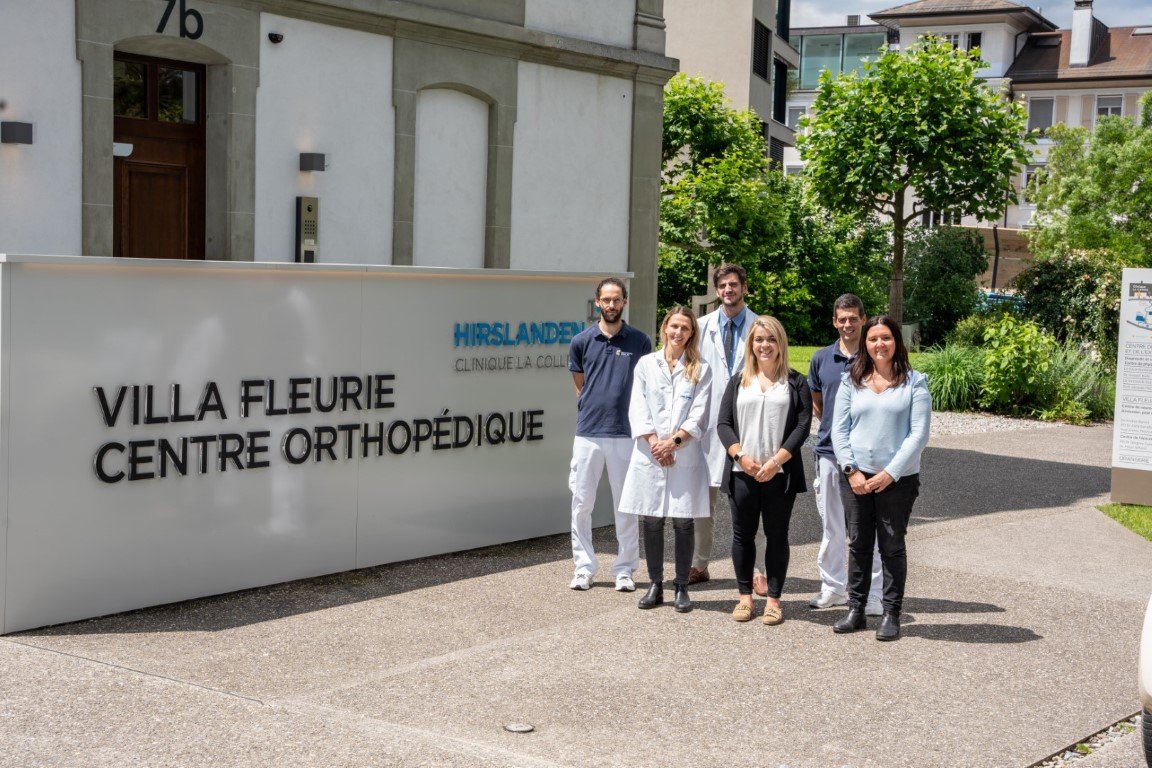Publication: Orthop Traumatol Surg Res. 2022 Apr;108(2):103046. doi: 10.1016/j.otsr.2021.103046. Epub 2021 Sep 3.
Co-authors: Cunningham G, Cocor C, Margaret MM, Young AA, Cass B, Moor B.
Abstract:
Background: Degenerative rotator cuff tear is a frequent and multifactorial pathology. The role of bone morphology of the greater tuberosity and lateral acromion has been validated, and can be measured with two plain radiographic markers on true anteroposterior views: the greater tuberosity angle (GTA) and the critical shoulder angle (CSA). However, the interdependence of both markers remains unknown, as well as their relationship with the level of professional and sports activities involving the shoulder. The aim of this prospective comparative study was to describe the correlation between the GTA and CSA in patients with degenerative rotator cuff tears.
Hypothesis: GTA and CSA are independent factors from one another and from demographic factors, such as age, dominance, sports, or professional activities.
Patient and methods: All patients presenting to a shoulder specialized clinic were assigned to two groups. The first consisted of patients with a symptomatic degenerative rotator cuff tear visible on MRI and the control group consisted of patients with any other shoulder complaints and no history or visible imaging of any rotator cuff lesion.
Results: There were 51 shoulders in 49 patients in the rotator cuff tear group (RCT) and 53 shoulders in 50 patients in the control group. Patient demographics were similar in both groups. Mean GTA was 72.1°±3.7 (71.0-73.1) in the RCT group and 64.0°±3.3 (63.1-64.9) in the control group (p<0.001). Mean CSA was 36.7°±3.7 (35.7-37.8) in the RCT group, and 32.1°±3.7 (31.1-33.1) in the control group (p<0.001). A summation of GTA and CSA values over 103° increased the odds of having a rotator cuff tear by 97-fold (p<0.001). There was no correlation between GTA and CSA, nor between GTA or CSA and age, sex, tear size, or dominance. Patients with different levels of professional and sports activities did not have significantly different GTA or CSA values.
Conclusion: GTA and CSA are independent radiologic markers that can reliably predict the presence of a degenerative rotator cuff tear. A sum of both values over 103° increases the odds of having a rotator cuff tear by 97-fold. These markers are not correlated with patient demographic or environmental factors, suggesting that the variability of the native acromion and greater tuberosity morphology may be individual risk factors for rotator cuff tear.
Level of evidence: II; diagnostic study.




